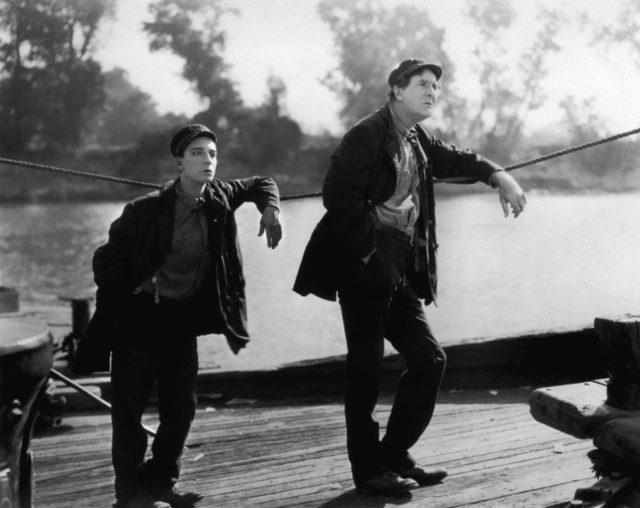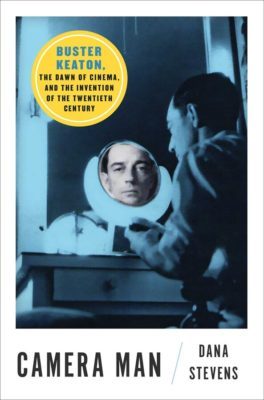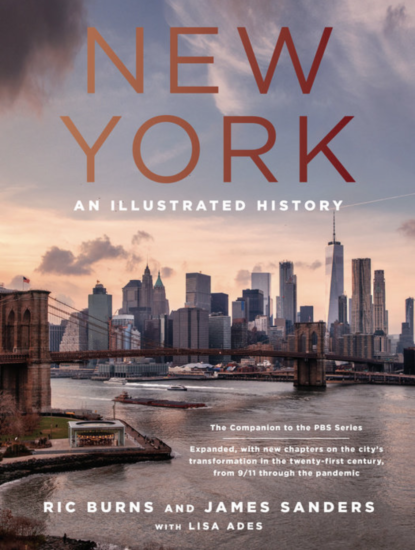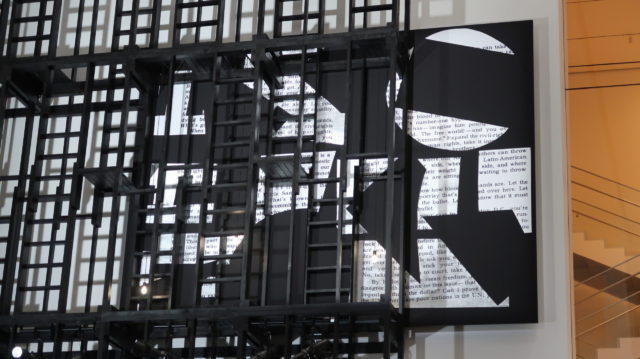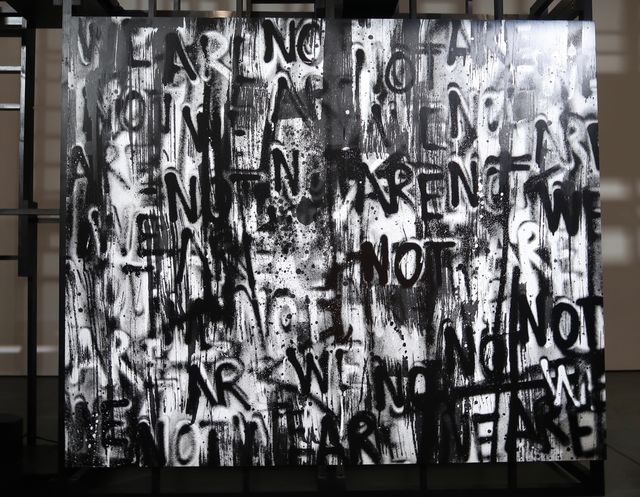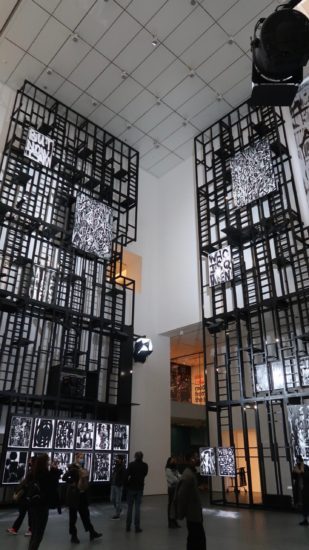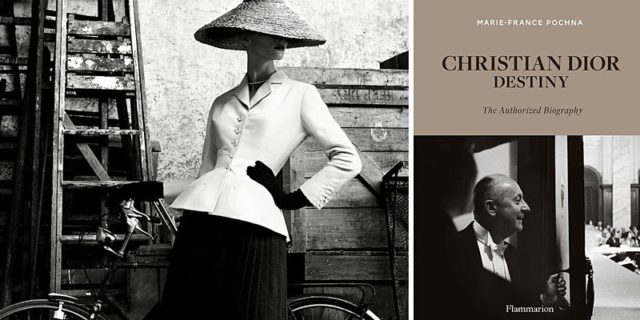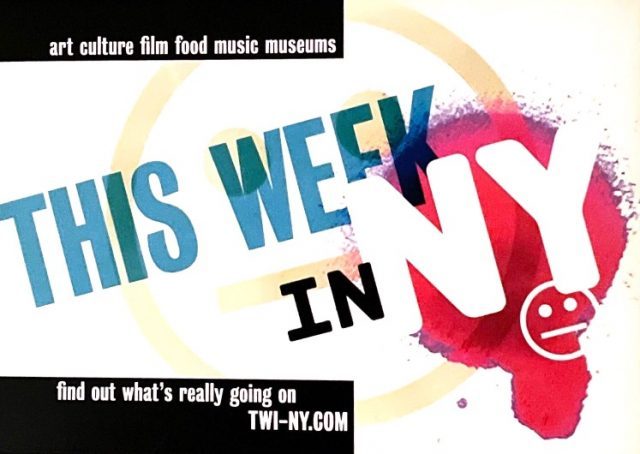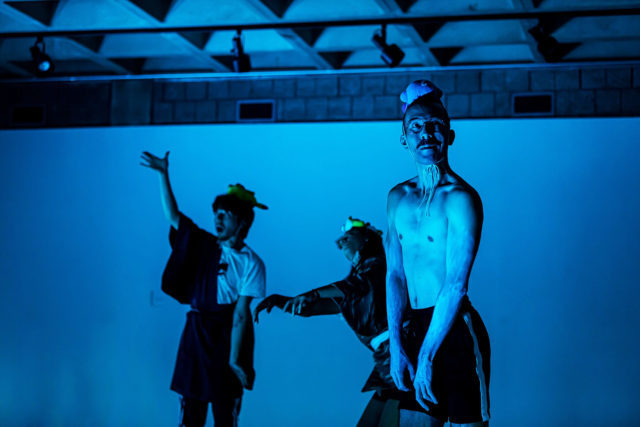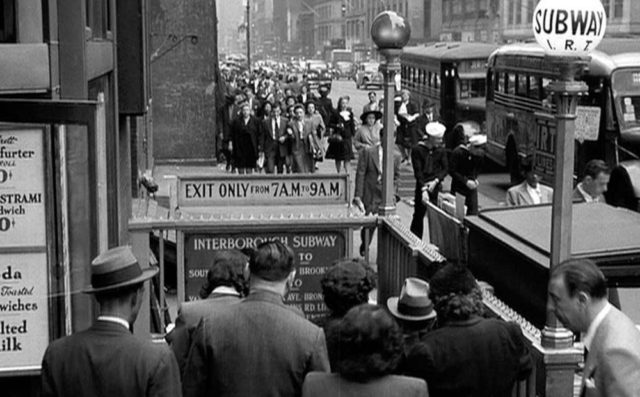
New Yorkers should be flocking to see The Naked City and other Big Apple flicks at Film Forum
NYC’S MOVIE RENAISSANCE 1945 – 1955
Film Forum
209 West Houston St.
Through February 10
212-727-8110
filmforum.org
In his July 2021 book “Keep ’Em in the East”: Kazan, Kubrick, and the Postwar New York Renaissance (Columbia University Press, $40), film historian Richard Koszarski details how New York City came to be a haven for making movies. “Fiorello La Guardia was the first New York mayor to realize the full significance of the motion picture industry to the city’s economic well-being. The few hundred jobs directly at stake in the late 1930s were not unimportant, but ever since the turn of the century, the movies — along with broadcasting and publishing — had also been doing something else for New Yorkers. Where the twentieth century had begun with a range of great American cities competing for world and national attention, it was now clear that modern America was no longer so flat a landscape. Now there was New York — and all those other places. Pittsburgh, Chicago, and San Francisco were all great cities, but New York was the city.”
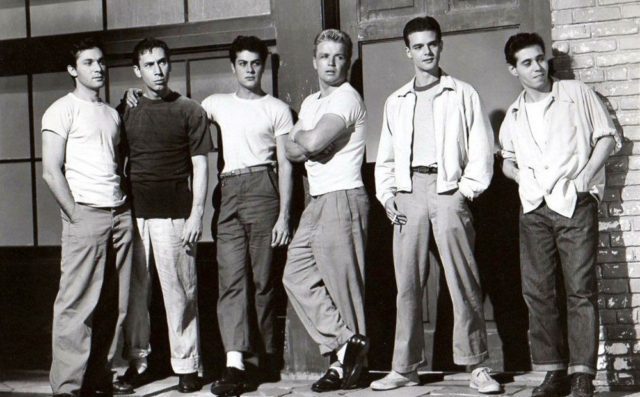
Tony Curtis and Richard Jaeckel are two of the toughies in Maxwell Shane’s City Across the River
New York City native Koszarski will be at Film Forum to talk about a few of the films in “NYC’s Movie Renaissance 1945 – 1955,” a two-week series consisting of two dozen flicks that take place in and around Gotham, released in the ten years beginning around the end of WWII. The diverse selection ranges from noir and romcoms to musicals and courtroom dramas, psychological studies and cop stories with car chases. Among the many stars you’ll encounter are Joseph Cotten, Jennifer Jones, Marlon Brando, Eva Marie Sainte, Richard Conte, Judy Holliday, Ray Milland, Jane Wyman, Jack Lemmon, Tony Curtis, Coleen Gray, Richard Widmark, Thelma Ritter, Dana Andrews, Jane Wyatt, Frank Sinatra, Ann Miller, Vittorio Gassman, Gloria Grahame, John Garfield, Moms Mabely, and Victor Mature.
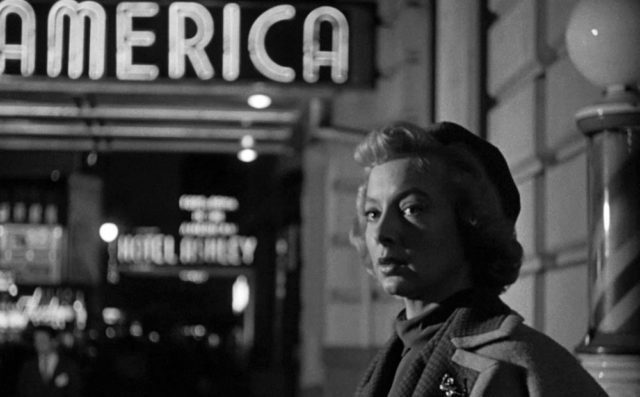
Earl McEvoy’s The Killer That Stalked New York is among the many surprises in Film Forum series
Familiar classics such as Abraham Polonsky’s Force of Evil, Henry Hathaway’s The House on 92nd St. and Kiss of Death, Billy Wilder’s The Lost Weekend, Gene Kelly and Stanley Donen’s On the Town, and William Dieterle’s Portrait of Jennie are joined by such lesser-known works as George Cukor’s The Marrying Kind, Maxwell Shane’s City Across the River, Earl McEvoy’s The Killer That Stalked New York, Maxwell Shane’s City Across the River, Josh Binney’s Boardinghouse Blues, cinematographer extraordinaire Ted Tetzlaff’s The Window, and Bernard Vorhaus’s incarcerated women tale So Young, So Bad with Rita Moreno and Anne Francis.
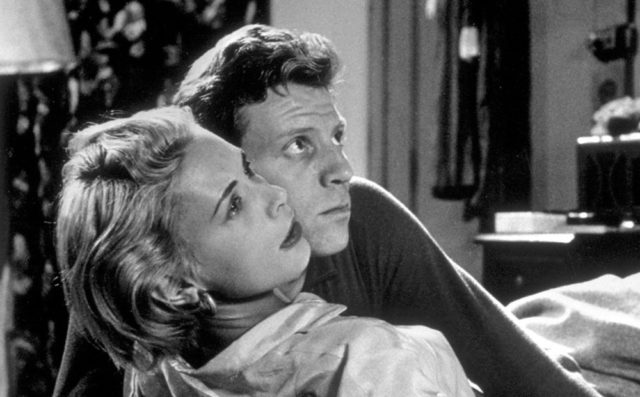
Stanley Kubrick’s Killer’s Kiss is part of Film Forum series about the renaissance of NYC-set flicks
Koszarski writes about Fletcher Markle’s Jigsaw, “Interesting suggestions of widespread corruption involving the mafia, right wing vigilantes, and political power brokers who operate out of Manhattan penthouses. . . . Most of the cast consisted of unfamiliar New York faces, but Markle and [Franchot] Tone did convince quite a few of their friends to pop up in oddball cameos.” And he explains about Morris Engel, Ruth Orkin, and Ray Ashley’s absolute gem Little Fugitive, in which a young boy goes on a Coney Island adventure, its “simplicity was itself a great part of its appeal: no pointed moral, no dramatic character arc, no allegorical references to corruption, intolerance, World War II, or nuclear disarmament. Instead the audience is led on by the film’s uncanny sense of observation — not just in terms of photographic imagery but in the way ordinary New Yorkers relate to one another, solve their little problems, and go about the mundane details of their everyday lives.”
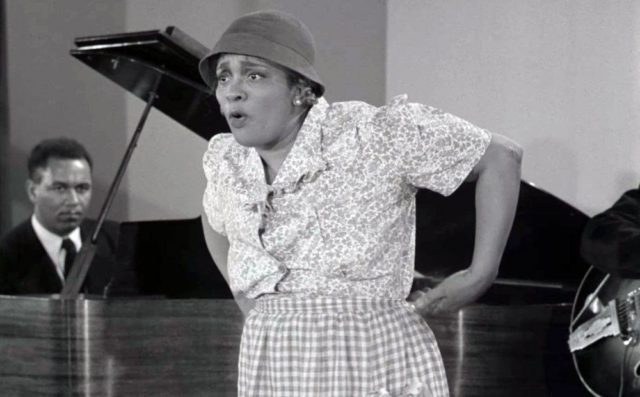
Moms Mabely stars in Josh Binney’s Boardinghouse Blues
Koszarski will introduce Joseph Lerner’s awesomely titled Guilty Bystander, featuring Zachary Scott as an ex-cop house detective, on February 2 at 6:40. Master Film Forum programmer Bruce Goldstein will introduce Jules Dassin’s genre-defining The Naked City on February 5 at 7:50, accompanied by his short personal documentary, Uncovering The Naked City, and Susan Delson, author of Soundies and the Changing Image of Black Americans on Screen: One Dime at a Time (Indiana University Press, December 2021, $35-$85), will present “Soundies: America for a Dime” on February 10 at 6:50, focusing on “movie jukebox” clips from Duke Ellington, Nat “King” Cole, Dorothy Dandridge, Fats Waller, Sister Rosetta Tharpe, and others.
